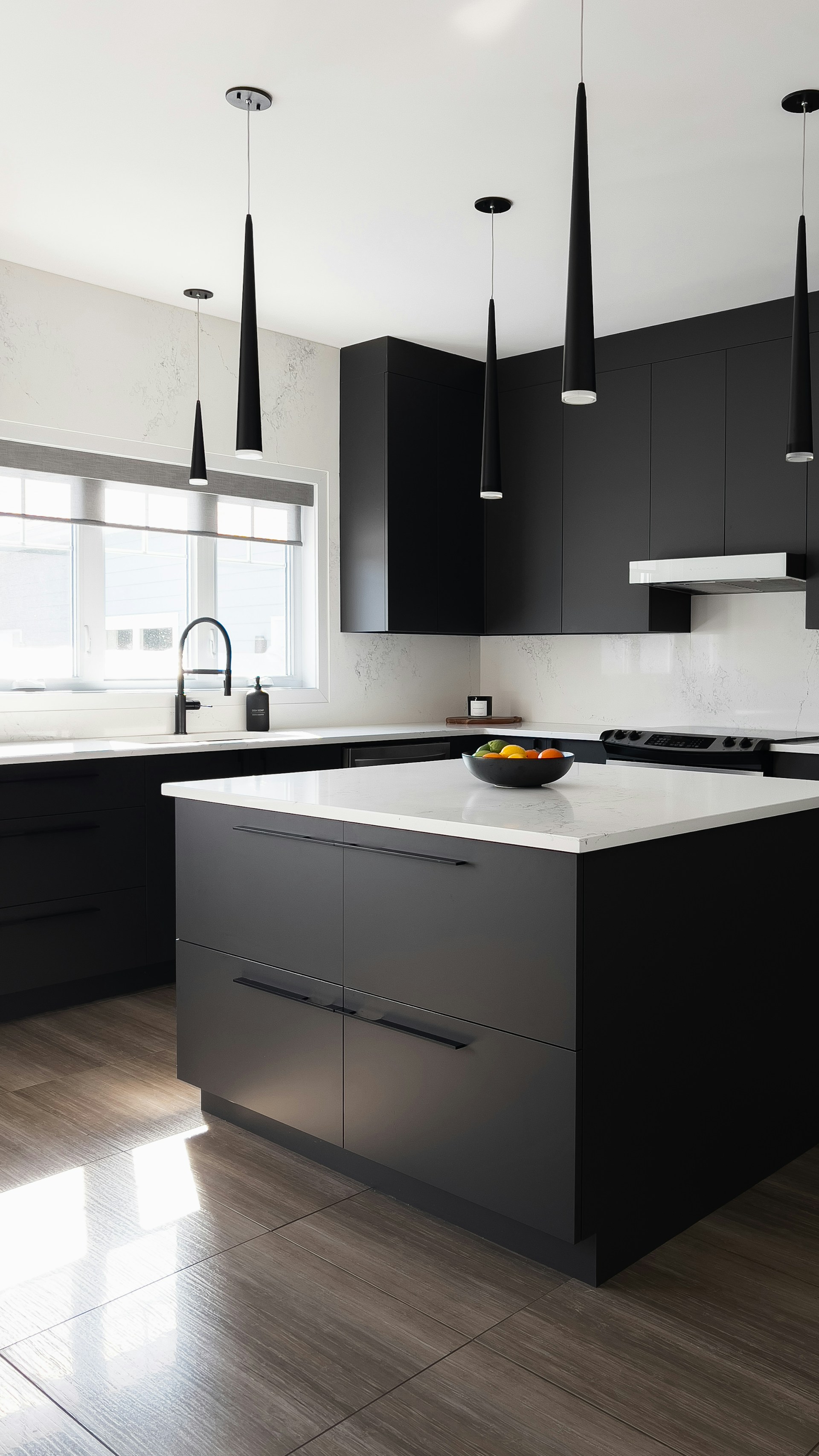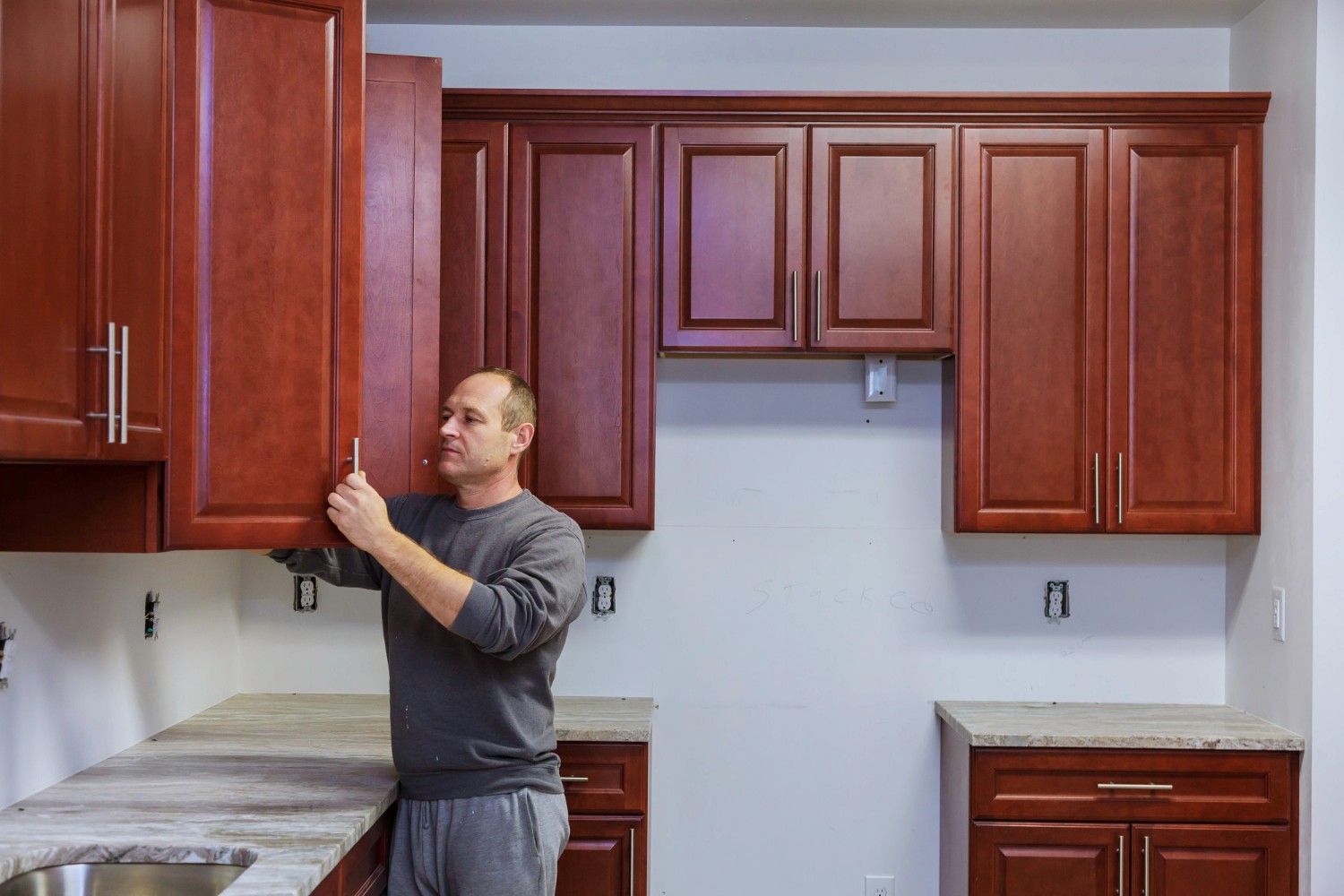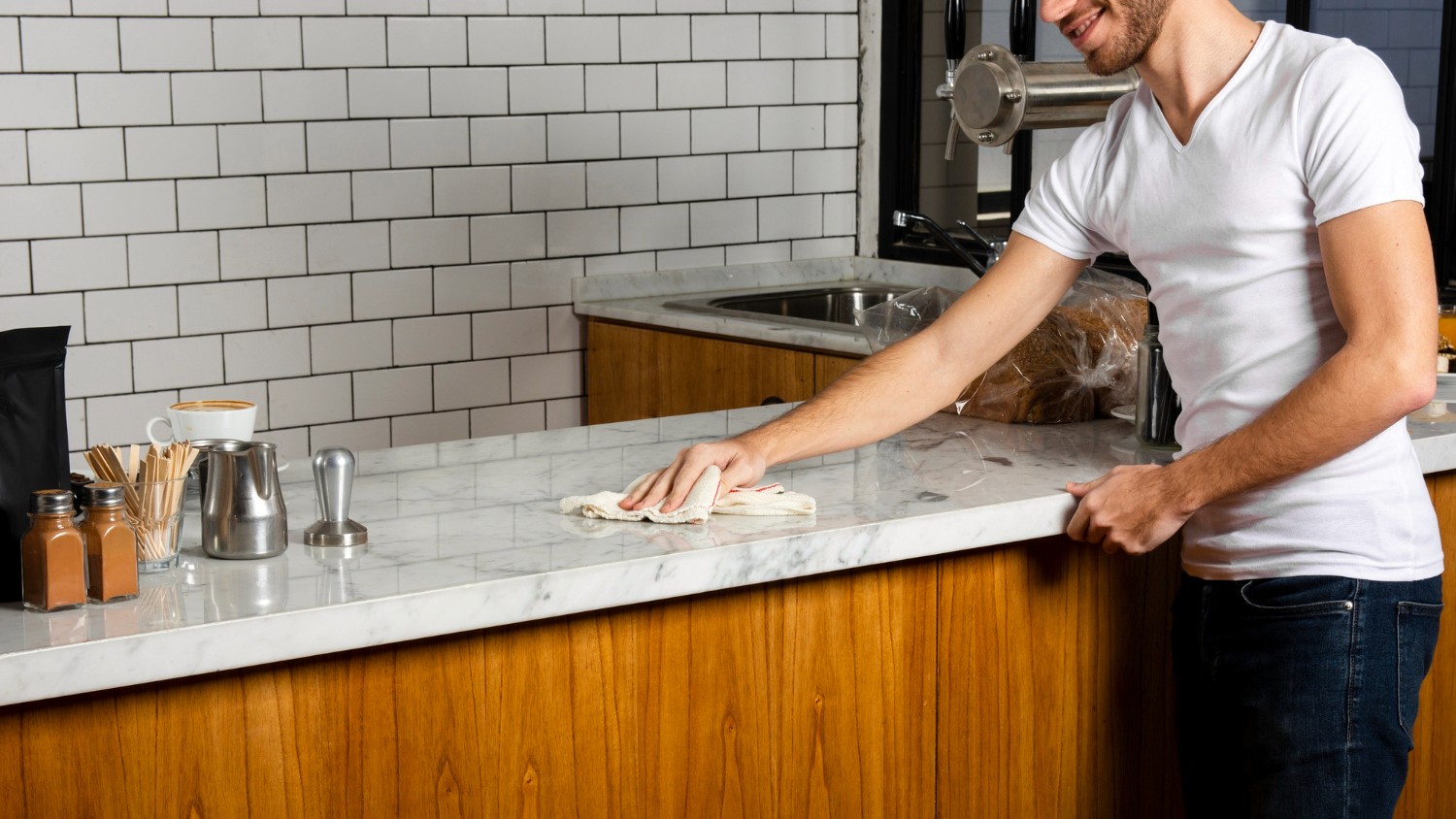Choosing the Right Countertop: Natural Stone vs. Quartz vs. Porcelain

When selecting countertops for your kitchen, bathroom, or outdoor space, it's important to understand the pros and cons of different materials. Popular choices include natural stone, quartz, and porcelain. Each has unique benefits and some trade-offs, so here’s an easy guide to help you decide.
1. Natural Stone (Granite, Marble, Quartzite, Soapstone)
Natural stone is loved for its unique beauty and natural patterns. Popular options include granite, marble, quartzite, and soapstone, each offering distinct characteristics.
Graniteis one of the toughest stones and highly heat-resistant, making it a great option for kitchens and outdoor areas. With a wide variety of colors and patterns, granite fits almost any design style.Marble is synonymous with luxury and elegance, known for its stunning veining. However, marble is more porous and prone to etching, meaning it requires more maintenance to keep it looking pristine.
Quartzite offers the look of marble but with greater durability, making it a perfect blend of beauty and strength. It’s heat-resistant and works well in high-traffic areas like kitchens.
Soapstone has a smooth, matte finish and is naturally resistant to heat and bacteria, making it a practical choice for countertops and fireplace surrounds.
Although beautiful, natural stone does require more care, especially for porous stones like marble. These materials may need regular sealing and are generally more expensive than other countertop options due to their natural rarity and labor-intensive extraction process.
2. Quartz (Engineered Stone)
Quartz countertops are made by combining crushed quartz with resins and pigments, creating an engineered stone that offers both durability and a polished look. One of the biggest benefits of quartz is that it’s non-porous, meaning it resists stains and doesn’t need sealing, making it a low-maintenance option for busy areas.
Since quartz is engineered, it offers a consistent appearance across the surface, unlike natural stones. This makes it an excellent choice for homeowners looking for uniformity in design, whether it’s for kitchen countertops or custom entertainment units. It can also mimic the look of marble or granite, offering design flexibility without the upkeep.
However, quartz is not as heat-resistant as natural stone. Prolonged exposure to high heat can cause it to discolor or crack. While it's extremely durable in most respects, you’ll need to use trivets or hot pads to protect the surface.
3. Porcelain
Porcelain is gaining popularity due to its extreme durability and versatility. It’s a lightweight material, which makes it easier to handle and an excellent choice for wall cladding as well as countertops. Porcelain is highly resistant to heat, scratches, and UV light, making it suitable for both indoor and outdoor applications.
A major benefit of porcelain is its ability to mimic other materials, such as marble or granite, while offering a lightweight, low-maintenance alternative. Although porcelain countertops are generally thinner than natural stone or quartz, they can be mitered to create a thicker-looking edge, giving you the visual weight of stone without the actual heaviness.
While porcelain is incredibly tough, its thinner edges can be prone to chipping if not handled carefully. However, its resistance to UV rays means it won’t fade over time, making it perfect for outdoor spaces exposed to the sun. Additionally, porcelain’s non-porous surface resists stains and is easy to clean, requiring no sealing.
Which Material Should You Choose?
Your choice between natural stone, quartz, and porcelain depends on what matters most to you—whether it's the unique beauty of natural stone, the low-maintenance benefits of quartz, or the lightweight durability of porcelain.
Natural Stone offers unparalleled natural beauty but requires more care.
Quartz provides a low-maintenance solution with consistent design and durability but is less heat-resistant.
Porcelain is a versatile and lightweight option, perfect for both indoor and outdoor use, with the added ability to create thick-looking edges through mitering.
Each material has its advantages, so the decision comes down to your lifestyle and the space you’re designing. Whichever you choose, all these options are designed to last and elevate the beauty and functionality of your home.

